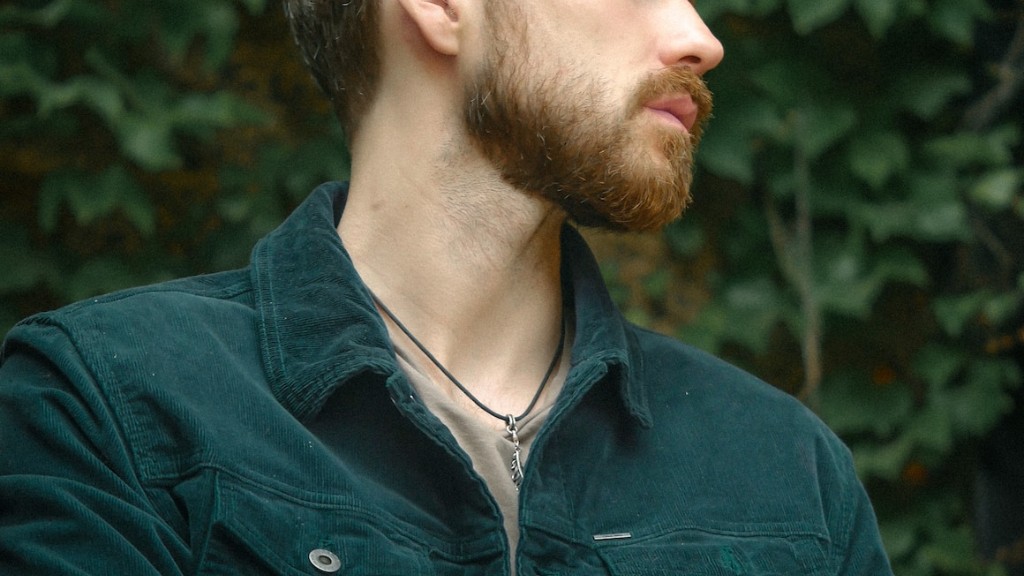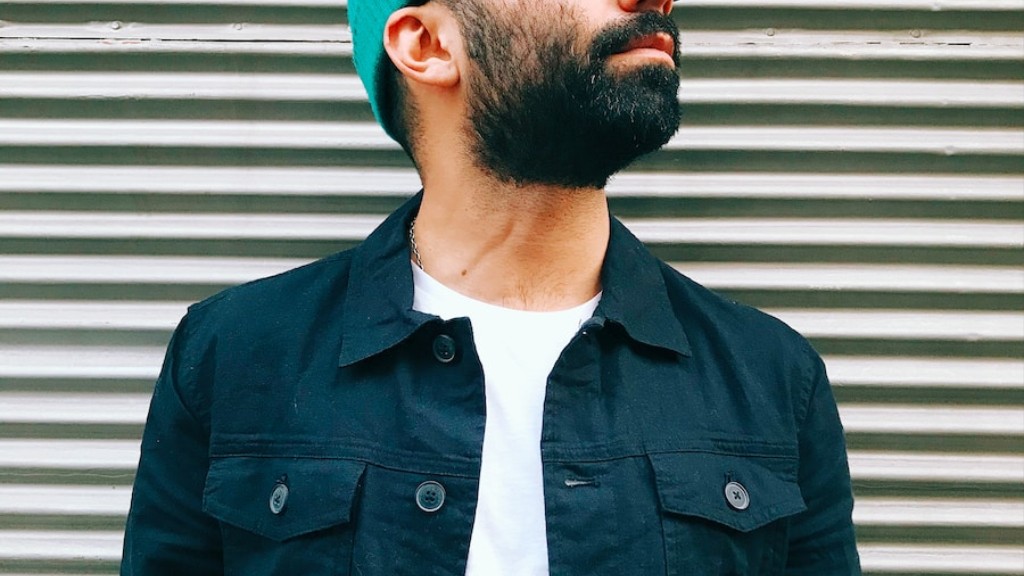There are many reasons why someone may be unable to grow a mustache, even if they can grow a beard. The most common reason is due to genetics. Mustache growth is determined by the ratio of testosterone to dihydrotestosterone in the body, and this ratio differs from person to person. Mustache growth is also influenced by age, ethnicity, and health. So, if you can grow a beard but no mustache, it may just be the luck of the genetic draw.
There isn’t a definitive answer to this question since everyone’s facial hair growth is different. However, it is possible for someone to grow a beard but not a mustache if their facial hair growth is uneven or if they have patches of Baldness.
Why am I not growing a mustache?
A mustache is made up of hair, and hair is made up of proteins, vitamins, and minerals. If you’re ever short on any of these nutrients, your mustache will suffer. A balanced diet is essential for a healthy mustache.
If you’re considering a mustache transplant, it’s important to understand that the thickness of your mustache is largely determined by genetics. This means that if your mustache is thin, it’s likely that it won’t grow in more.
However, you can always wait and see if your mustache does grow in more. If it doesn’t, then a mustache transplant is an option. When done by a experienced doctor, a mustache transplant will look natural.
Is not being able to grow a beard mean low testosterone
Testosterone is a hormone that plays a role in many different bodily functions, including hair growth. While testosterone can influence facial hair quality, it is not the sole determining factor. Most men have similar levels of testosterone, including men without a beard. So if you don’t have a beard, it doesn’t necessarily mean that your testosterone levels are low.
If you’re looking to improve the health of your facial hair, following these steps can help you achieve your goal. Reducing stress can help to promote hair growth, and eating a healthy diet with plenty of rest can also improve the condition of your hair. Additionally, avoiding smoking and taking care of your skin can help to keep your facial hair looking its best.
At what age is a mustache fully grown?
Mustaches usually start to grow during puberty, around the age of 13. However, sometimes women also grow mustaches due to hormonal imbalances. For men, the period of life when they are most likely to grow a mustache is between the ages of 25 and 35.
All it takes is the regular use of a boar bristle beard brush. One that I particularly recommend is the one from Beardbrand. It’s a little on the pricey side, but it’s definitely worth it. Just make sure to brush your beard in the direction it grows, and not against the grain.
How can I make my beard more moustache?
If you’re looking to improve your beard growth, there are a few things you can do. Exercise and a healthy diet are important for overall health, and can also help with beard growth. There are also many vitamins and supplements specifically targeted at beard growth. Sleep is also essential for optimal health, and can help with beard growth. Finally, washing and moisturizing your beard regularly can also help improve growth.
There’s no one-size-fits-all answer when it comes to growing a mustache. Some guys can just let it grow and it will look great, while others have to put in a little more effort. The best way to find out what works for you is to experiment with different mustache styles and products.
Mustache wax can be a great way to shape and style your mustache, but make sure you’re using a quality wax that won’t damage your facial hair. You should also make sure you’re filling up on the right nutrients for healthy hair growth. supplements and minoxidil can also be helpful for encouraging mustache growth.
Lastly, don’t forget to have fun with it! Trying different mustache styles can be a great way to find what works for you. So experiment and have fun!
Does a full beard mean high testosterone
The study found that there was no relationship between beard length and testosterone levels or dominance. This means that the hypothesis that beards are an honest signal of the beard owner’s testosterone levels and dominance is not supported by the evidence.
A beard without a mustache can be worn in many different styles, but the most popular are the goatee, chinstrap, mutton chops, and Amish beard. For longer styles, a beard without a mustache is also referred to as a Lion’s mane, chin curtain, or Dutch beard.
How do you know if your testosterone level is high?
There are a few different signs that may indicate that a male has high testosterone levels. These can include increased body hair growth, mood disturbances, and acne. In some cases, high testosterone levels can be the result of a medical condition or the use of certain medications or anabolic steroids. If you are concerned that you or someone you know may have high testosterone levels, it is important to speak with a doctor to get a proper diagnosis.
Higher levels of testosterone and DHT are associated with faster, thicker, and better beard growth. Testosterone and DHT stimulate facial hair growth by regulating and stimulating hair follicles. In most cases, higher levels of testosterone and DHT result in improved beard growth.
Can you force a mustache to grow
There is unfortunately no guaranteed way to make your mustache grow any faster or thicker. Some people may find that taking certain vitamins or supplements helps, but there is no concrete evidence to support these claims. Ultimately, it is just a waiting game – be patient and trust that your mustache will grow in due time!
Facial hair growth is largely determined by genetics, but there are other factors that can affect it as well. Testosterone levels play a big role in facial hair growth during puberty, as this hormone is responsible for many of the changes that occur during this time. While genetics are the main determinant of facial hair growth, other factors can influence it as well.
Do beards get thicker with age?
Your beard can definitely get thicker with age, but it will take some time and patience to achieve the fullness and density that you want. A lot of factors can affect hair growth, including genetics, diet, stress levels, and overall health. So be patient and take care of yourself, and eventually you’ll have the beard of your dreams.
There are a few exceptions to this rule, but generally speaking, the prime time for facial hair growth is between the ages of 25 and 35. This is when beard growth is at its fastest and most consistent.
Conclusion
There are a few reasons why someone may be able to grow a beard but not a mustache. One reason could be that their mustache hair follicles are not as strong as the hair follicles in the rest of their beard. This could be due to genetics or hormones. Another reason could be that they are not properly caring for their mustache, such as by trimming it regularly or using the right products. Finally, some people simply have a patchy mustache that does not fill in fully, no matter what they do.
There are many possible explanations for why someone could grow a beard but not a mustache. It could be due to genetics, hormones, or a variety of other factors. No matter the reason, it is clear that growing a beard but not a mustache is a possibility.





